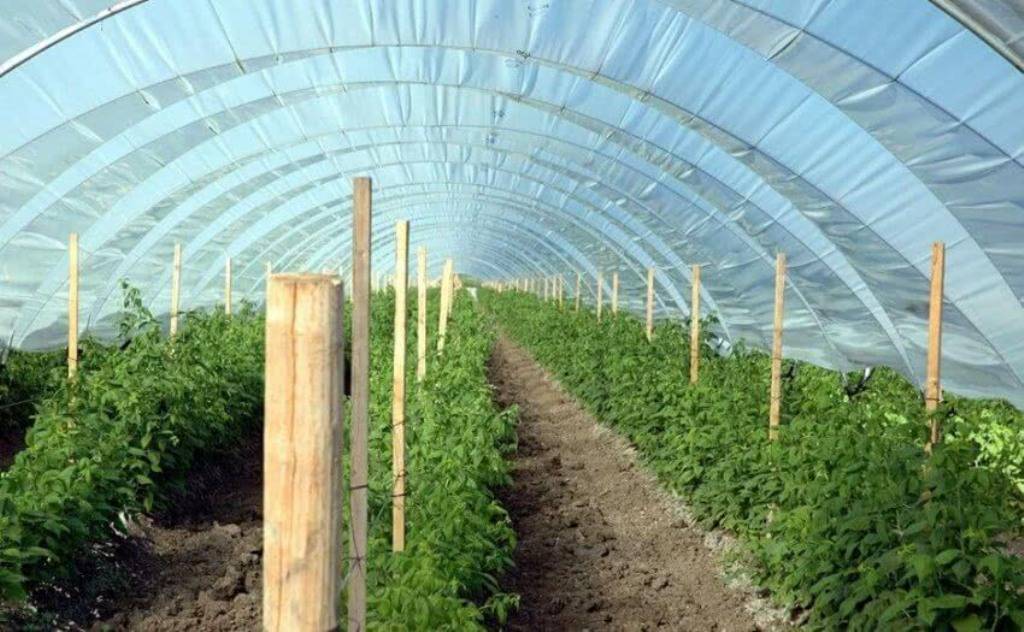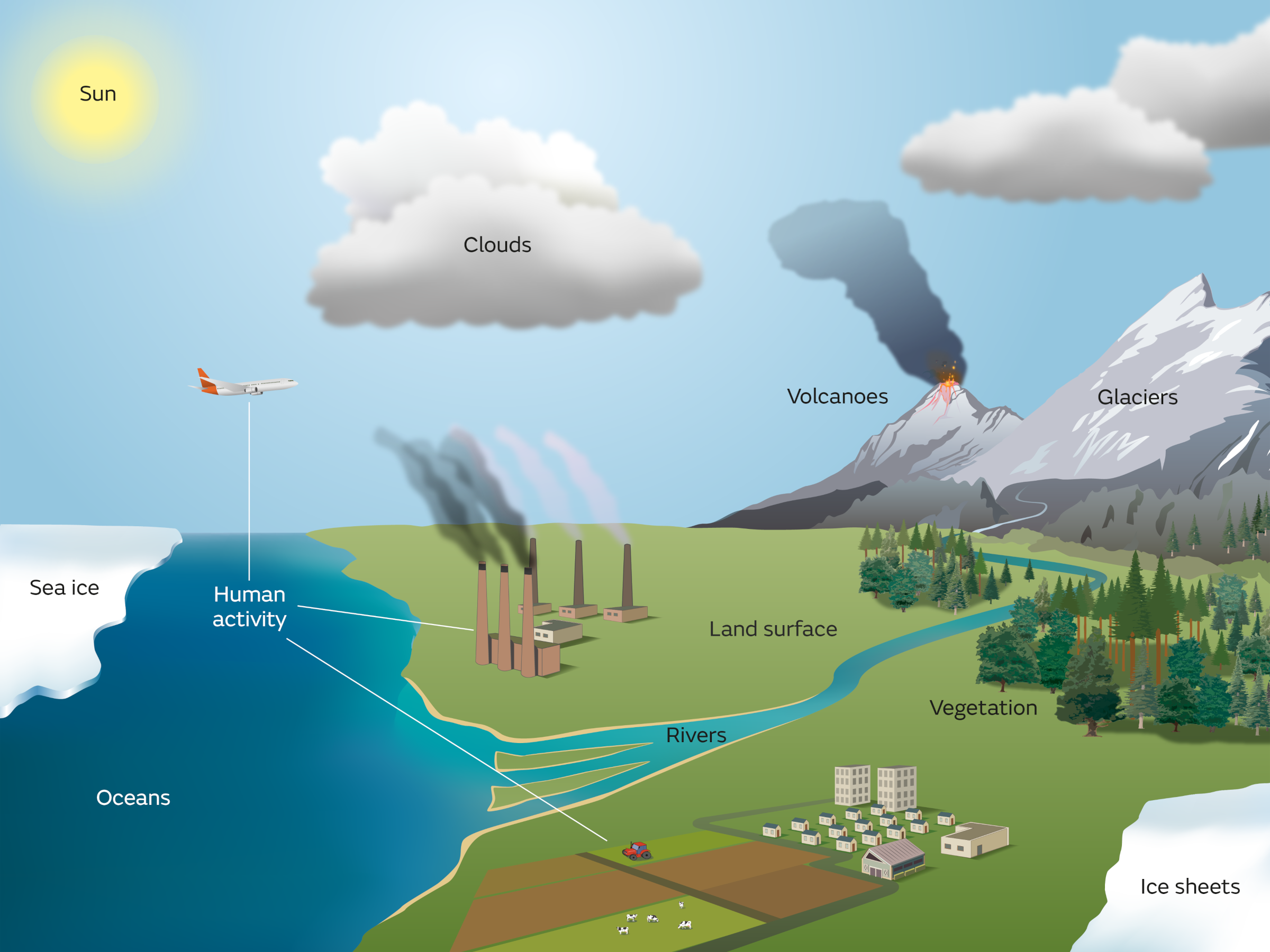The Future of Polyhouse Farming: Emerging Trends and Innovations
Polyhouse farming has been making waves in the agricultural world for years, transforming how we grow crops in controlled environments. But what does the future hold for this innovative farming technique? With advancements in technology and an increasing emphasis on sustainability, the future of polyhouse farming is looking brighter than ever. In this article, we’ll explore the emerging trends and innovations shaping the future of polyhouse farming, offering insights into how this method is evolving and what you can expect in the coming years.
Global Adoption of Polyhouse Farming
Polyhouse farming has gained traction worldwide as countries seek to enhance food security and sustainability. India, for example, has seen significant growth in polyhouse adoption, with over 40,000 hectares of polyhouse farms established by 2023. The Indian government offers various subsidies to encourage this trend, aiming to boost productivity and reduce dependence on traditional farming. China has also embraced polyhouse technology, particularly in urban areas, to improve local food supply and reduce environmental impact. By 2023, China had over 60,000 hectares of polyhouse structures, focusing on high-value crops like vegetables and flowers. In the United States, polyhouse farming is becoming more popular in regions with extreme climates, such as Alaska and parts of the Midwest, where controlled environments extend the growing season. The U.S. Department of Agriculture reports a steady increase in polyhouse installations, particularly for specialty crops. These examples reflect a growing global trend towards polyhouse farming as a sustainable and efficient agricultural practice.
Growth of the Polyhouse Farming Sector and Its Market Potential
The polyhouse farming sector has experienced notable growth in recent years, driven by advancements in technology, increasing demand for high-quality produce, and a growing emphasis on sustainability. This growth is reflected in both the expansion of polyhouse installations and the broader market for controlled-environment agriculture.
Market Growth and Expansion
As of 2024, the global polyhouse farming market is estimated to be worth approximately $10 billion, with a compound annual growth rate (CAGR) of around 15%. This growth is fueled by the increasing adoption of polyhouse systems in both developed and developing countries. For instance, the Asia-Pacific region, led by countries like India and China, has seen substantial investment in polyhouse infrastructure due to government incentives and a rising focus on improving agricultural productivity.
In Europe and North America, polyhouse farming is also gaining momentum, driven by technological advancements and a shift towards local, sustainable food production. In the U.S. alone, the market for greenhouse and polyhouse farming equipment is projected to reach $3 billion by 2025, reflecting a significant increase in adoption and investment.
Market Potential in Agriculture
The potential impact of polyhouse farming on the global agriculture market is substantial. Polyhouse farming can significantly enhance agricultural productivity by:
- Increasing Yield: Controlled environments enable year-round cultivation and higher crop yields per hectare compared to traditional farming. Studies suggest that polyhouse farming can boost yields by up to 50%.
- Reducing Resource Use: Efficient water and nutrient management in polyhouses can lead to a reduction in resource use by up to 30%, contributing to more sustainable farming practices.
- Expanding Crop Diversity: Polyhouses allow for the cultivation of high-value and specialty crops that might not thrive in open-field conditions, diversifying the agricultural market.
Given these advantages, polyhouse farming could play a pivotal role in the future of agriculture, particularly in addressing challenges such as climate change, resource scarcity, and the need for sustainable food production. With continued investment and innovation, the sector is poised to capture a significant share of the global agriculture market, potentially revolutionizing how food is grown and consumed worldwide.
Understanding Polyhouse Farming – Future of Polyhouse Farming
Before diving into future trends, it’s crucial to understand what polyhouse farming entails. Polyhouses, also known as greenhouse structures, are enclosed spaces designed to protect plants from external environmental factors. These structures, typically made from materials like plastic or glass, create a controlled environment that optimizes conditions for plant growth.
Polyhouse farming offers several advantages over traditional farming, including better control over temperature, humidity, and light, reduced use of pesticides, and the ability to grow crops year-round. As we look toward the future, it’s these very benefits that will continue to drive innovation in polyhouse farming.
1. Technological Advancements
Smart Sensors and Automation
One of the most significant trends shaping the future of polyhouse farming is the integration of smart technology. Sensors and automation systems are becoming increasingly sophisticated, offering farmers real-time data on various environmental factors such as temperature, humidity, and soil moisture.
Smart Sensors: These devices can monitor and adjust the internal conditions of the polyhouse automatically. For instance, if the temperature rises above a certain threshold, the system can trigger cooling mechanisms or ventilation to maintain optimal conditions.
Automation Systems: Automation extends to irrigation and nutrient delivery as well. With precision farming tools, polyhouse systems can deliver water and nutrients to plants exactly when and where they’re needed, reducing waste and improving crop yields.
Advanced Climate Control Systems
Maintaining the right climate in a polyhouse is critical for plant health and productivity. Future advancements in climate control systems are likely to include:
- Intelligent Climate Controllers: These systems use AI to predict weather patterns and adjust internal conditions proactively.
- Energy-efficient Heating and Cooling: Innovations in materials and design are making climate control systems more energy-efficient, reducing operational costs and environmental impact.
Integration with IoT
The Internet of Things (IoT) is poised to revolutionize polyhouse farming. By connecting various sensors and devices to a central network, farmers can gain a comprehensive view of their polyhouse’s conditions. This integration allows for:
- Remote Monitoring and Control: Farmers can manage their polyhouses from anywhere in the world, adjusting settings or receiving alerts via mobile apps.
- Data Analytics: IoT systems collect vast amounts of data, which can be analyzed to optimize plant growth and predict potential issues before they become significant problems.
2. Sustainable Practices and Environmental Impact
Energy Efficiency – Future of Polyhouse Farming
As concerns about climate change and resource depletion grow, the future of polyhouse farming will likely focus on improving energy efficiency. Sustainable practices will be a central theme, with innovations such as:
- Solar Panels: Incorporating solar panels into polyhouse designs can help reduce reliance on external energy sources and lower operational costs.
- Energy-efficient Materials: Advances in construction materials, such as reflective films and thermal screens, can help maintain internal temperatures with less energy consumption.
Water Conservation
Water management is another critical area of focus. Polyhouse farming can be optimized to use water more efficiently through:
- Rainwater Harvesting: Collecting and storing rainwater for use in irrigation systems can significantly reduce water consumption.
- Hydroponics and Aquaponics: These soil-less farming methods use water more efficiently than traditional soil-based methods, minimizing waste and maximizing growth.
Reducing Waste
Minimizing waste is essential for a sustainable future. Innovations in waste management for polyhouses include:
- Recycling Systems: Implementing systems to recycle plant waste and convert it into compost or bioenergy.
- Closed-loop Systems: Developing closed-loop systems where all resources, including water and nutrients, are reused and recycled within the polyhouse.
3. Crop Diversification and Advanced Growing Techniques
Specialty Crops
Polyhouses offer the flexibility to grow a wide range of crops, including those that may not thrive in traditional open-field conditions. The future of polyhouse farming will likely see an increase in the cultivation of specialty crops, such as:
- Exotic Fruits and Vegetables: Polyhouses can provide the ideal conditions for growing high-value crops that are not native to the local climate.
- Medicinal Plants: The controlled environment of a polyhouse is ideal for growing plants with specific medicinal properties, offering new opportunities for the herbal and pharmaceutical industries.
Vertical Farming
Vertical farming is an emerging trend that complements polyhouse farming by utilizing vertical space to grow crops. This method involves stacking multiple layers of plants, making efficient use of space and increasing overall yield. Future polyhouse designs are likely to incorporate:
- Modular Vertical Systems: Easily adjustable vertical farming modules that can be added or removed based on crop requirements.
- LED Lighting: Advanced LED lighting systems that provide optimal light for plant growth while minimizing energy consumption.
Automated Cultivation Systems
Automation isn’t limited to climate control and irrigation. The future will see increased use of robotic systems for tasks such as planting, pruning, and harvesting. These systems can:
- Increase Efficiency: Robots can perform repetitive tasks with precision and speed, reducing labor costs and increasing productivity.
- Improve Plant Health: Automated systems can detect and address plant health issues early, minimizing the risk of disease spread.
4. Economic Considerations and Market Trends
Cost of Investment
While polyhouse farming offers many benefits, the initial investment can be substantial. However, the long-term economic advantages are significant. Future trends may include:
- Decreasing Costs: As technology advances and becomes more widespread, the costs of polyhouse infrastructure and equipment are likely to decrease, making it more accessible to small and medium-sized farmers.
- Incentives and Support: Governments and organizations may offer incentives and support programs to encourage the adoption of polyhouse farming, further reducing financial barriers.
Functions of Hormones in the Body | Maya (mayathevoice.com)
Market Demand for Fresh Produce
There’s a growing appetite for locally-sourced, fresh produce. Polyhouse farming meets this demand by providing high-quality crops that can be grown year-round, regardless of external weather conditions. Future market trends may include:
- Direct-to-Consumer Sales: Polyhouse farmers may increasingly sell their produce directly to consumers through farmers’ markets, subscription boxes, and online platforms.
- Partnerships with Retailers: Collaborations with supermarkets and restaurants can help polyhouse farmers reach a broader audience and secure steady revenue streams.
5. Challenges and Solutions
Pest and Disease Management
Even in a controlled environment, pests and diseases can pose challenges. Future polyhouse farming will likely focus on:
- Integrated Pest Management (IPM): Combining biological controls, physical barriers, and minimal chemical interventions to manage pests effectively.
- Disease-resistant Varieties: Developing and using crop varieties that are more resistant to diseases can reduce the need for chemical treatments.
Maintenance and Upkeep
Maintaining polyhouses requires ongoing effort and investment. Innovations that may address these challenges include:
- Self-cleaning Surfaces: Advances in materials that reduce the need for frequent cleaning and maintenance.
- Predictive Maintenance: Using AI and data analytics to predict and address maintenance needs before they become major issues.
Conclusion
The future of polyhouse farming is brimming with potential, driven by technological advancements, sustainability efforts, and evolving market demands. From smart sensors and automation to sustainable practices and crop diversification, the innovations on the horizon promise to make polyhouse farming more efficient, environmentally friendly, and economically viable.
For farmers, investors, and enthusiasts, keeping an eye on these trends and embracing the opportunities they present will be key to staying ahead in the rapidly evolving world of polyhouse farming. As we move forward, the integration of cutting-edge technology and a commitment to sustainability will define the success and growth of polyhouse farming, shaping the future of agriculture for years to come.




